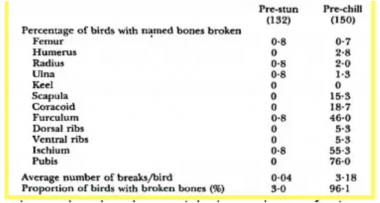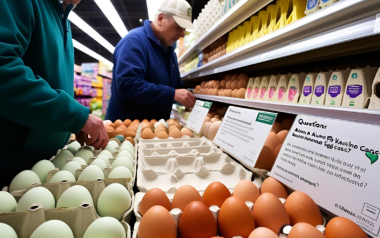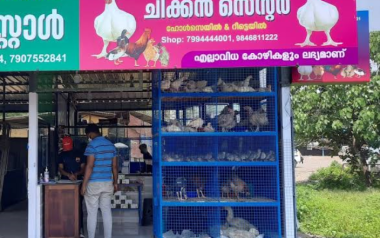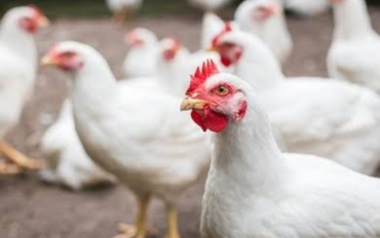
26 Feb 2021
The avian skeleton
Content available at: Español (Spanish) العربية (Arabic)Like the structure of a building, the avian skeleton has the primary function of […]
Content available at:
Español (Spanish) العربية (Arabic)
Like the structure of a building, the avian skeleton has the primary function of supporting the bird, protecting its organs and tissues, and allowing its development and growth. Still, it also requires the ability to resist the aggressiveness inherent in slaughter, cutting, and deboning operations to maximize the quality, performance, and safety of the products and the business’ economic results.
Genetic selection for the improvement of meat yield, digestive efficiency, and growth rate has changed the modern broiler’s biology. These fantastic birds reach to multiply by 50 their body mass in only six weeks, from hatching to slaughter, which requires the concomitant development of a robust skeleton capable of supporting it.
The bone strength of birds is built through nutrition, the supplementation and contribution of calcium, phosphorus, and the microminerals required for the skeleton’s development and maintenance. Still, the sources of calcium and phosphorus, anti-nutritional factors, intestinal integrity, environmental factors, and improper management can affect the absorption of nutrients and weaken the skeleton, making it more susceptible to bone damage. The most common lesions are leg problems, which depress development and increase mortality on the farm and condemnations at the slaughterhouse. Lameness generates an estimated loss equivalent to 2% of the birds produced in the world annually, at the cost of USD 4 billion. Also, the problems that occur during pre-slaughter and slaughter are of great interest due to the economic impact they produce (Table 1).

Table 1: Incidence of Fractures in Chickens
(Gregory, 1990)
During catching and transport, the birds are subjected to great physical stress, whose intensity depends on the catching method and the travel conditions. This stress leads to development of leg problems in the birds, including fractures.
Continue after advertising.
Table 1 shows, in the left column, that 3% of the birds entering the slaughterhouse already present fractures. Moreover, the right column indicates that at the end of the evisceration, the percentage of carcasses with fractures rises to 96%.
Carcasses with fractures are subject to be condemned, generating economic losses. Likewise, during cutting and deboning, quality can be affected decreasing the meat yield which extends the economic impact. Equally important is the presence of bone splinters from broken bones in cut ups and fillets. Since the final inspection process is predominately manual, there is a high probability that splinters will be found in the retailers, representing a risk for consumers’ health and company’s reputation. For these reasons, nutrition must work together with the slaughterhouse to optimize the poultry skeleton and business results.
* Literature available from the author upon request




































